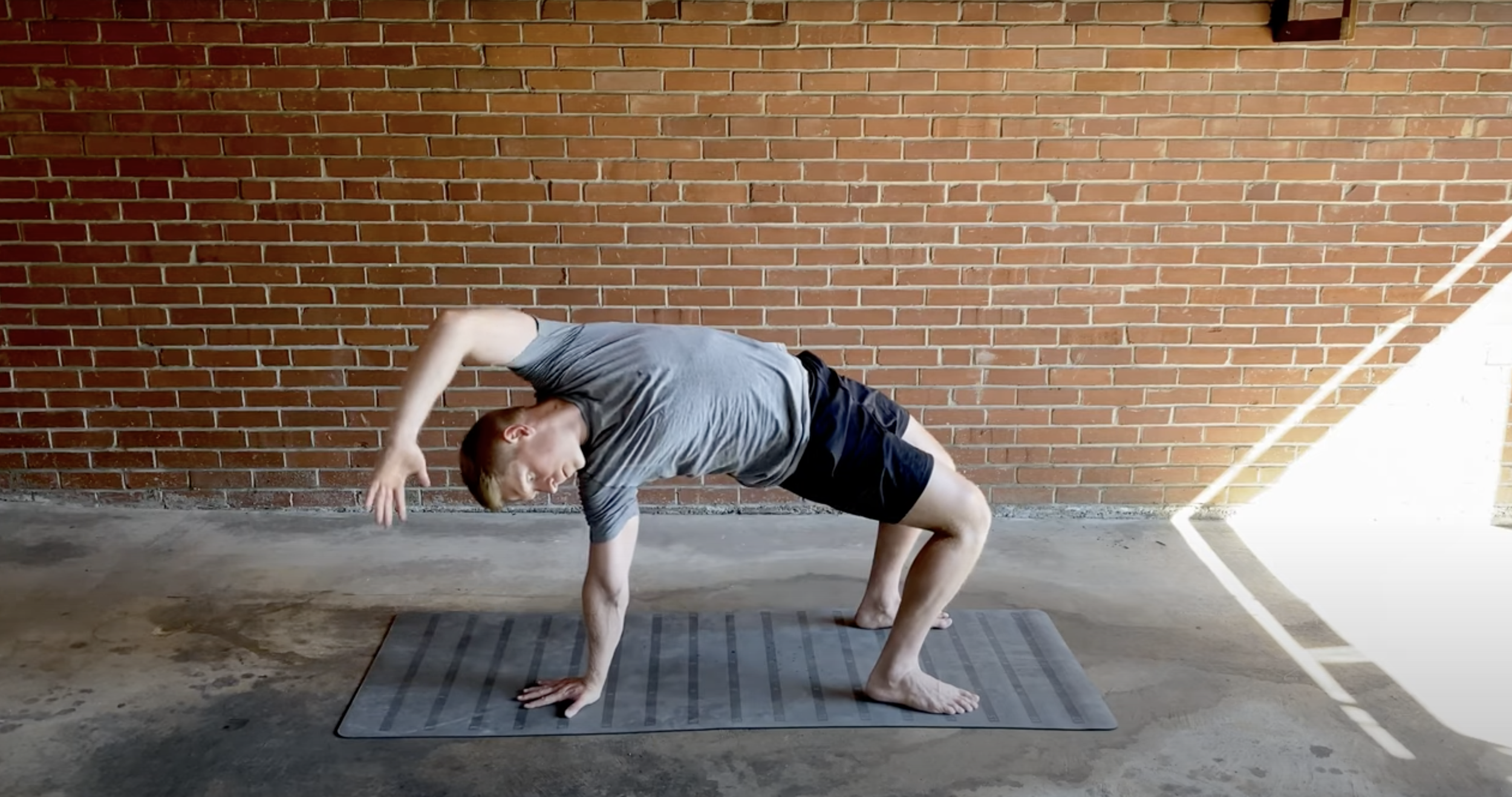Dynamic Mobility 2.0
/Dynamic mobility is the foundation of an effective warm-up, helping athletes maximize performance and reduce injury risks. By refining your approach, you can prepare your joints, activate key muscle groups, and improve range of motion efficiently. This guide covers targeted exercises for hips, shoulders, thoracic spine, and more, along with specialized routines for swimmers. Learn how to structure your warm-up with the ABC formula: release, mobilize, and activate. Unlock your athletic potential with these science-backed mobility techniques. Start improving your movement quality today! Read article.
Read More







